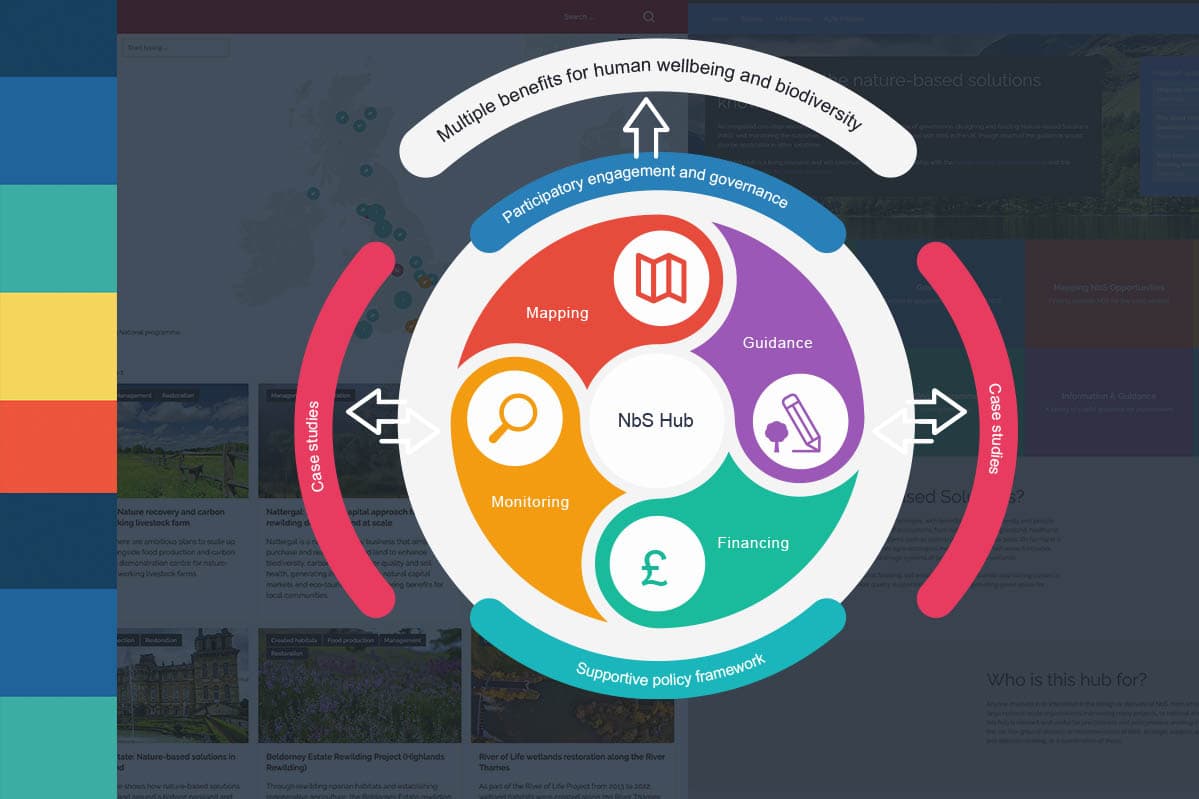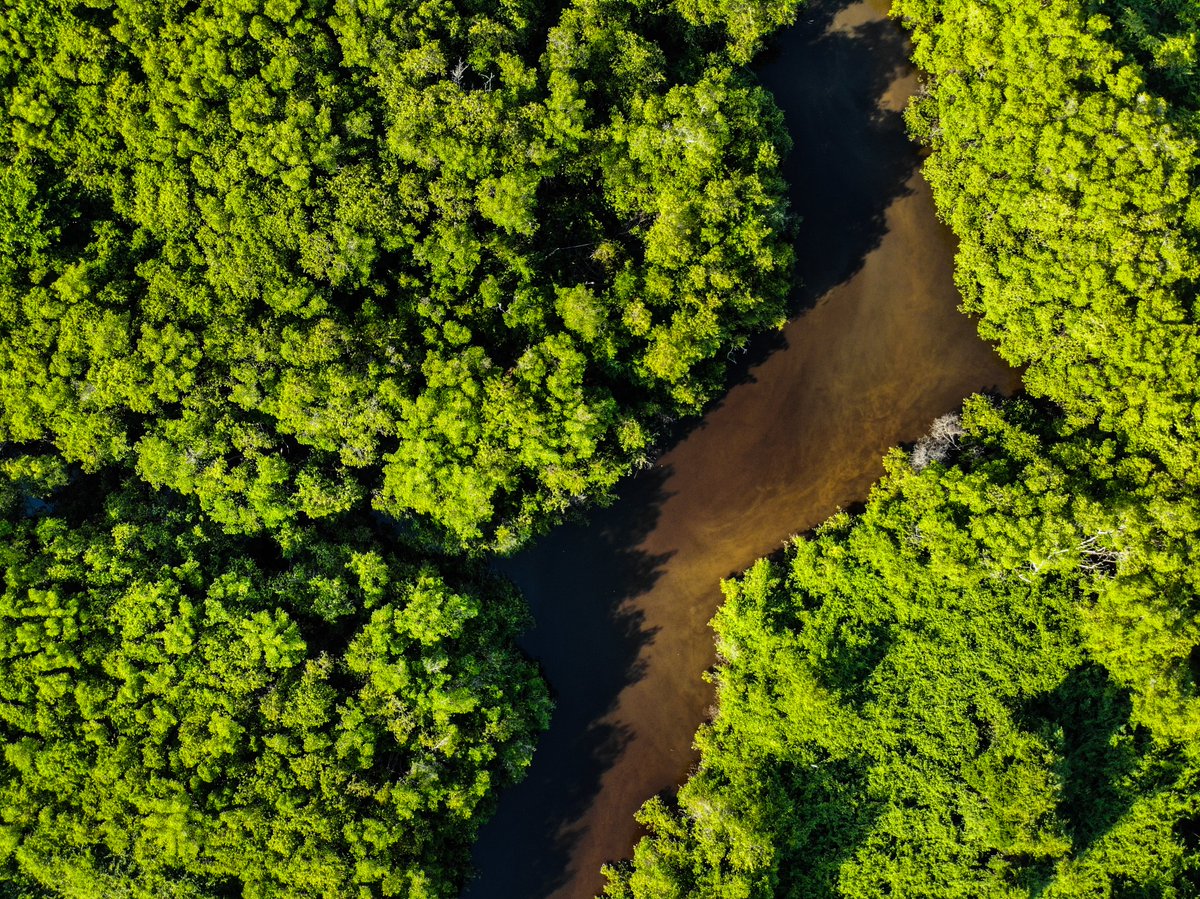Biodiversity outcomes of nature-based solutions for climate change adaptation: Characterising the evidence base

Key et al., 2022
A recent Frontiers in Environmental Science paper, Biodiversity outcomes of nature-based solutions for climate change adaptation: Characterising the evidence base, by the NbSI team aims to improve our understanding of the ecosystem health outcomes of nature-based interventions for climate change adaptation.
The potential of NbS to tackle both the climate and biodiversity crises depends on whether they enhance the health of an ecosystem, including its biodiversity, the condition of its soil and water, and its ability to maintain its functions despite environmental change. However, while research has helped to improve our understanding of how nature-based interventions for climate change mitigation affect ecosystem health, there is less understanding of the outcomes of interventions aimed at addressing climate change adaptation. To address this, in this project we systematically reviewed the outcomes of 109 nature-based interventions for climate change adaptation across 33 different indicators of ecosystem health.
This review shows that 88% of interventions with reported positive outcomes for climate change adaptation also reported benefits for ecosystem health, while interventions were associated with a 67% average increase in species richness. All eight studies that reported benefits for both climate change mitigation and adaptation also supported ecosystem health, leading to a “triple win.” However, there were also trade-offs, mainly for forest management and creation of novel ecosystems such as monoculture plantations of non-native species.
We also identified remaining gaps in our understanding of the outcomes of NbS for ecosystem health. The indicators of ecosystem health were limited in scope, with a lack of reported outcomes for key aspects such as functional diversity and habitat connectivity. Fifty percent of interventions also only had evidence for effects on plants, while 57% of outcomes did not distinguish between native and non-native species. These gaps indicate that assessments of ecosystem health outcomes of NbS could benefit from using a broader suite of metrics, covering a range of taxa and identifying if species are native or non-native and whether they pose a threat to the ecosystems. This is especially important in revealing negative outcomes that may otherwise go unnoticed. However, ecosystem health assessments must also incorporate essential place-based local and indigenous knowledge, and choice of metrics should be informed by the expertise, time and funds available, as well as its relevance to end-users including policymakers.
Standardisation of ecosystem health assessments that includes best practice in data collection could provide opportunities to compare outcomes and improve intervention methods, while there is a parallel need for further systematic investigation into the ecosystem health outcomes of NbS through rigorous scientific approaches. Building on the rapidly expanding research base on NbS is also key to better understanding the contexts (e.g. intervention methods, timeframes, spatial scales) produce benefits for both biodiversity and climate goals in the long term.
There is a clear opportunity for creation of consistent guidance on how to monitor the ecosystem health outcomes of NbS. This could comprise a set of criteria to be considered when designing an ecosystem health assessment strategy, including (but not limited to): metric choice, study taxa choice, data collection methods, study design, data analysis methods and data sharing standards, as well as how these decisions should be made—namely through a locally-driven, bottom-up approach. As many indigenous and local communities have existing ecological monitoring methods based on their own knowledge systems, these should continue to be prioritised and considered equally valid in assessing ecosystem health as any external methodology.
Local, subnational, national and international policy reforms are needed to fully realise the potential of NbS as a means for biodiversity conservation while tackling climate challenges. These must ensure that ecosystem health is prioritised in NbS design and implementation. Signatories to the Paris Agreement that include NbS in the adaptation and/or mitigation components their Nationally Determined Contributions (NDCs) currently overly focus on forests and primarily use area-based targets, rather than protection and restoration of a diverse range of native ecosystems and using more comprehensive metrics of success. Strong biodiversity targets and safeguards should be included in policy, with careful evidence-based co-design following the IUCN Global Standard for NbS (IUCN 2020) to ensure delivery of ecosystem health benefits and reduce trade-offs with other outcomes. Showing that quality standards have been followed and demonstrating verified benefits for both biodiversity and society can also help to mobilise new financing streams for NbS.
For NbS to realise their full potential, the research, practice, funding and policy communities need to work together to improve the design, monitoring and adaptive management of NbS so that they deliver benefits for biodiversity and ecosystem health alongside climate goals. However, the biodiversity benefits from both NbS and conservation, may be undermined if they do not occur alongside the transformational change critically needed across sectors to address the ultimate drivers of habitat loss, including poor governance, and unsustainable consumption patterns and production methods.
Read the full Frontiers in Environmental Science paper, Biodiversity outcomes of nature-based solutions for climate change adaptation: Characterising the evidence base.




